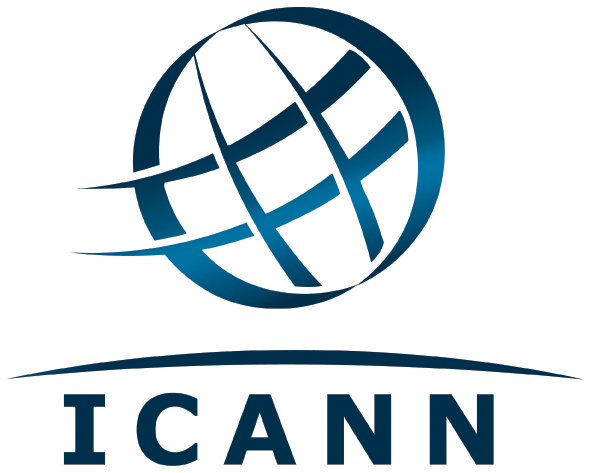- These list items are microformat entries and are hidden from view.
- https://dltj.org/article/the-internet-comes-of-age/
- Just as it turns 40, the internet comes of age. One day before of the anniversary of the first two computers connected together by a prototype network in 1969 ((From the BBN Timeline for ARPANET:On October 1, 1969, the second [Interface Message Processor] arrived at SRI and the first characters were transmitted over the new network. The ARPANET was born. When IMPs number three and four were installed at UC Santa Barbara and the University of Utah, IMP installations were beginning to seem routine and there was little fanfare. The network quietly expanded to thirteen sites by January 1971 and twenty-three by April 1972.</p>)) -- a move that foreshadowed the worldwide network of computers we know today -- the U.S. Government announced that it was forever releasing direct control over a key governance organization that makes the internet run. Called the Internet Corporation for Assigned Names and Numbers (ICANN), that governance organization is what runs the top level domain name servers (DNS). And that is important because it is the DNS that translates human-friendly names such as "www.google.com" and "dltj.org" into network-friendly addresses.Oh, you didn't know that the U.S. Government was still involved in the running of the internet? 'tis true. In 1998, ICANN, a California non-profit corporation, was created to provide management of the names and numbers of the internet. (Technically, the functions provided by the Internet Assigned Numbers Authority and the InternNIC, if you want to go back further in the history of the internet.) In turn, the U.S. Department of Commerce contracted with ICANN to manage those names and numbers. That the U.S. Government had this power to begin with is an artifact of how the internet came about: first as a U.S. military research network (ARPANET), then as a North America science computing research network under the auspices of the National Science Foundation (NSFNet), then to the Internet with commercial and world-wide entities playing a role. (Okay, yeah, that is a broad brushstroke of a really complicated history, but it mostly holds together.)Since 1998, ICANN operated under memorandum of understanding process that was renewed each year. That changes now; the final authority for ICANN is derived from review processes made up of volunteer members from the "Internet community." The U.S. Department of Commerce retains a permanent role on those review processes, but it is just one voice among many.Congratulations, Internet! Perhaps in a few years, you'll be grown up enough to go out for a beer. You'll pardon me, though, if I don't buy the internet its first beer; my party budget is not that big.
- 2009-10-01T00:29:51+00:00
- 2024-07-20T16:35:17+00:00
The Internet Comes of Age
 Just as it turns 40, the internet comes of age. One day before of the anniversary of the first two computers connected together by a prototype network in 1969 ((From the BBN Timeline for ARPANET:
Just as it turns 40, the internet comes of age. One day before of the anniversary of the first two computers connected together by a prototype network in 1969 ((From the BBN Timeline for ARPANET:
On October 1, 1969, the second [Interface Message Processor] arrived at SRI and the first characters were transmitted over the new network. The ARPANET was born. When IMPs number three and four were installed at UC Santa Barbara and the University of Utah, IMP installations were beginning to seem routine and there was little fanfare. The network quietly expanded to thirteen sites by January 1971 and twenty-three by April 1972.
)) -- a move that foreshadowed the worldwide network of computers we know today -- the U.S. Government announced that it was forever releasing direct control over a key governance organization that makes the internet run. Called the Internet Corporation for Assigned Names and Numbers (ICANN), that governance organization is what runs the top level domain name servers (DNS). And that is important because it is the DNS that translates human-friendly names such as "www.google.com" and "dltj.org" into network-friendly addresses.
Oh, you didn't know that the U.S. Government was still involved in the running of the internet? 'tis true. In 1998, ICANN, a California non-profit corporation, was created to provide management of the names and numbers of the internet. (Technically, the functions provided by the Internet Assigned Numbers Authority and the InternNIC, if you want to go back further in the history of the internet.) In turn, the U.S. Department of Commerce contracted with ICANN to manage those names and numbers. That the U.S. Government had this power to begin with is an artifact of how the internet came about: first as a U.S. military research network (ARPANET), then as a North America science computing research network under the auspices of the National Science Foundation (NSFNet), then to the Internet with commercial and world-wide entities playing a role. (Okay, yeah, that is a broad brushstroke of a really complicated history, but it mostly holds together.)
Since 1998, ICANN operated under memorandum of understanding process that was renewed each year. That changes now; the final authority for ICANN is derived from review processes made up of volunteer members from the "Internet community." The U.S. Department of Commerce retains a permanent role on those review processes, but it is just one voice among many.
Congratulations, Internet! Perhaps in a few years, you'll be grown up enough to go out for a beer. You'll pardon me, though, if I don't buy the internet its first beer; my party budget is not that big.
